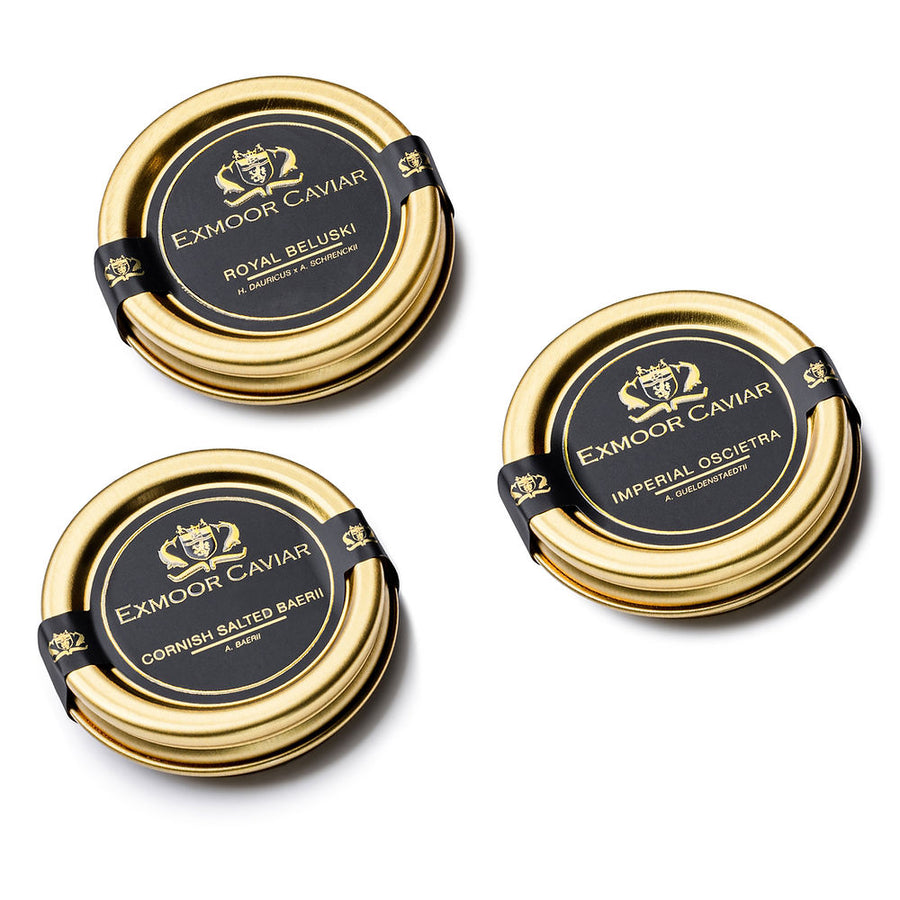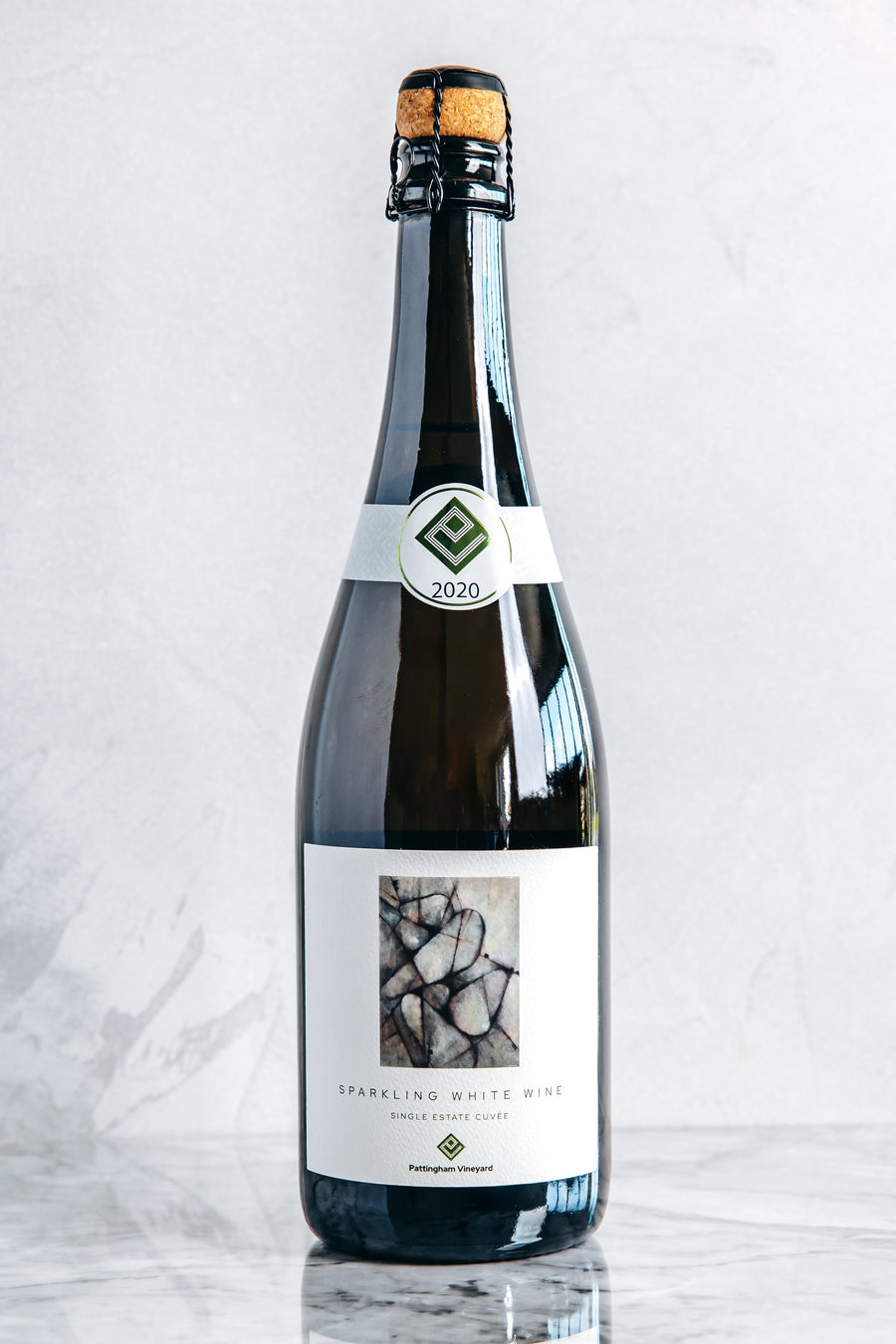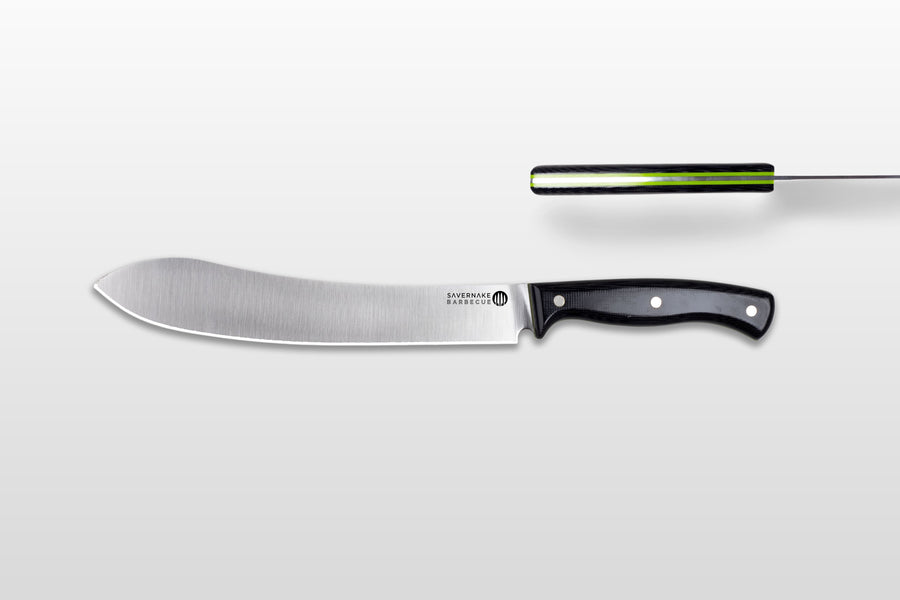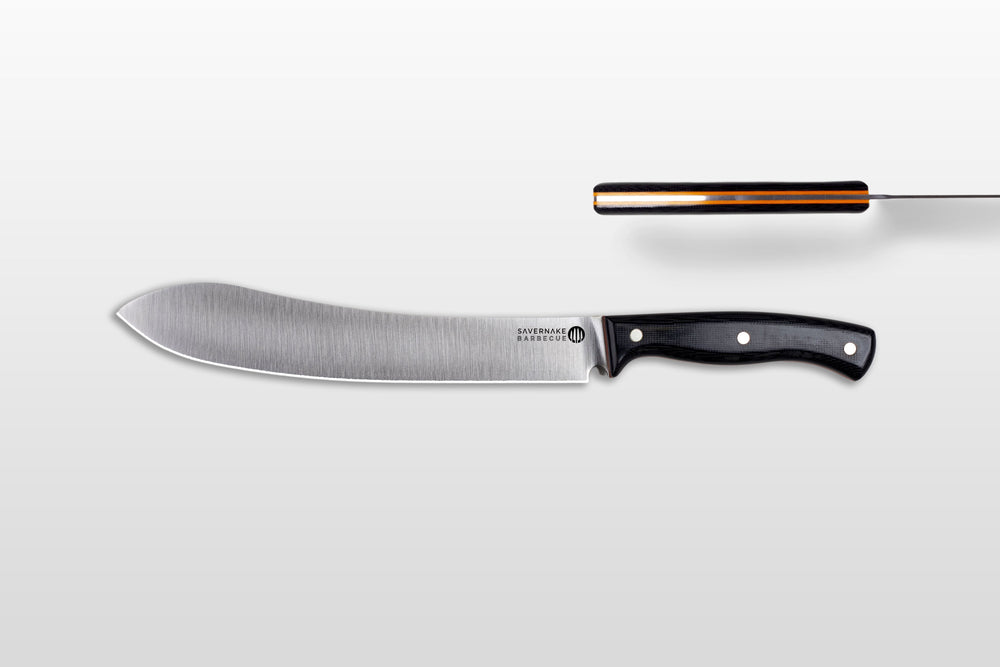
Guide to Wiltshire Ham: A classic British favourite
When it comes to a festive or special meal, few cuts offer the savoury richness of Wiltshire Ham. Known for its unique curing method and deep flavour, this British classic has delighted diners for centuries. Here’s a comprehensive guide to Wiltshire Ham, from its history to preparation tips for making the most of this beloved roast.
A brief history of Wiltshire Ham
The story of Wiltshire Ham begins in the rural county of Wiltshire, where traditional curing practices date back to the 18th century. Unlike other curing techniques, Wiltshire Ham is prepared using a “Wiltshire Cure,” a method involving a saltwater brine that preserves the meat’s moisture and enhances its natural flavours. This special cure, developed specifically in Wiltshire, became popular for its ability to create a ham that was tender, flavourful, and easy to store – ideal for feeding families throughout the year.

What Is Wiltshire Ham?
Wiltshire Ham is typically made from pork leg that’s been brined and sometimes lightly smoked for added depth. The brine solution, which may include a blend of salt, sugar, and subtle spices, gives Wiltshire Ham its signature balance of savoury and mild sweetness. This process infuses the meat with flavour while locking in moisture, creating a ham that’s juicy and tender, whether served hot or cold.
Why Wiltshire Ham is so special
Wiltshire Ham’s unique curing method sets it apart from other hams, delivering a product with moistness, tenderness, and rich taste. While some hams are dry-cured or heavily salted, Wiltshire Ham’s brining technique keeps it from becoming overly salty or dry. The subtle flavour of the ham is versatile enough to serve in a roast, on a charcuterie board, or even in sandwiches, with a delicate balance that complements rather than overwhelms.
Boneless vs. Bone-In Wiltshire Ham
When selecting Wiltshire Ham, one choice is whether to go boneless or bone-in. Here’s a quick look at what each option offers:
-
Boneless Wiltshire Ham: Perfect for easy slicing, boneless Wiltshire Ham is a convenient choice, ideal for buffets, sandwiches, and family meals where ease of carving is a priority. Its uniform shape also allows for even cooking, making it a versatile option for a variety of dishes.
-
Bone-In Wiltshire Ham: The bone-in option is often preferred for its depth of flavour and traditional presentation. The bone helps retain moisture during cooking, enhancing the ham’s natural richness. This type is well-suited for large gatherings or holiday dinners, where the ham serves as a centerpiece with that extra layer of flavour.
- Uncooked Wiltshire Ham: For those looking to add their own finishing touch, uncooked Wiltshire Ham is a fantastic option. This ham has been brined or partially cured but not fully cooked, allowing you to roast or glaze it to your liking. Uncooked Wiltshire Ham often has a more robust, savoury flavour after roasting and is ideal for cooks who want to customise their preparation with unique spices, herbs, or glazes.

Cooking Wiltshire Ham: A step-by-step guide
Cooking Wiltshire Ham is straightforward, whether you’re preparing it for a family gathering or a special festive feast. Here’s how to ensure a perfect roast every time:
-
Preparation: Begin by allowing the ham to reach room temperature before cooking. This helps it cook evenly. Use a sharp knife to score the fat in a crisscross pattern, which will hold the glaze and add texture to the finished roast.
-
Applying the Glaze: Wiltshire Ham pairs wonderfully with glazes such as honey, mustard, brown sugar, or marmalade. Brush a layer of glaze over the scored fat for a caramelised crust that complements the ham’s natural savouriness.
-
Roasting: Preheat your oven to 160°C (320°F). Place the ham in a roasting pan with a bit of water at the bottom to retain moisture. For boneless ham, cook for about 20 minutes per 500g, and for bone-in ham, around 25 minutes per 500g. Halfway through cooking, baste the ham with additional glaze to keep it moist and flavourful.
-
Resting: After removing the ham from the oven, let it rest for at least 15-20 minutes. This allows the juices to redistribute, making the meat tender and juicy when sliced.

Serving suggestions
Wiltshire Ham is as versatile as it is delicious. Serve it as the main event for a holiday meal, or thinly slice leftovers for sandwiches. It pairs beautifully with roasted vegetables, a variety of mustards, or a simple honey-mustard sauce for added depth.
Wiltshire Ham is more than just a cut of meat – it’s a British culinary tradition rooted in heritage and expert craftsmanship. At Farmfetch, we’re proud to source the finest Wiltshire Hams from DukesHill, a master butcher with a royal warrant, who uphold these time-honoured practices. Whether you’re opting for bone-in or boneless, you’re sure to bring flavour, tradition, and quality to your table.
Explore our full range of Hams from DukesHill, and make this classic a star of your next celebration.



























Leave a comment